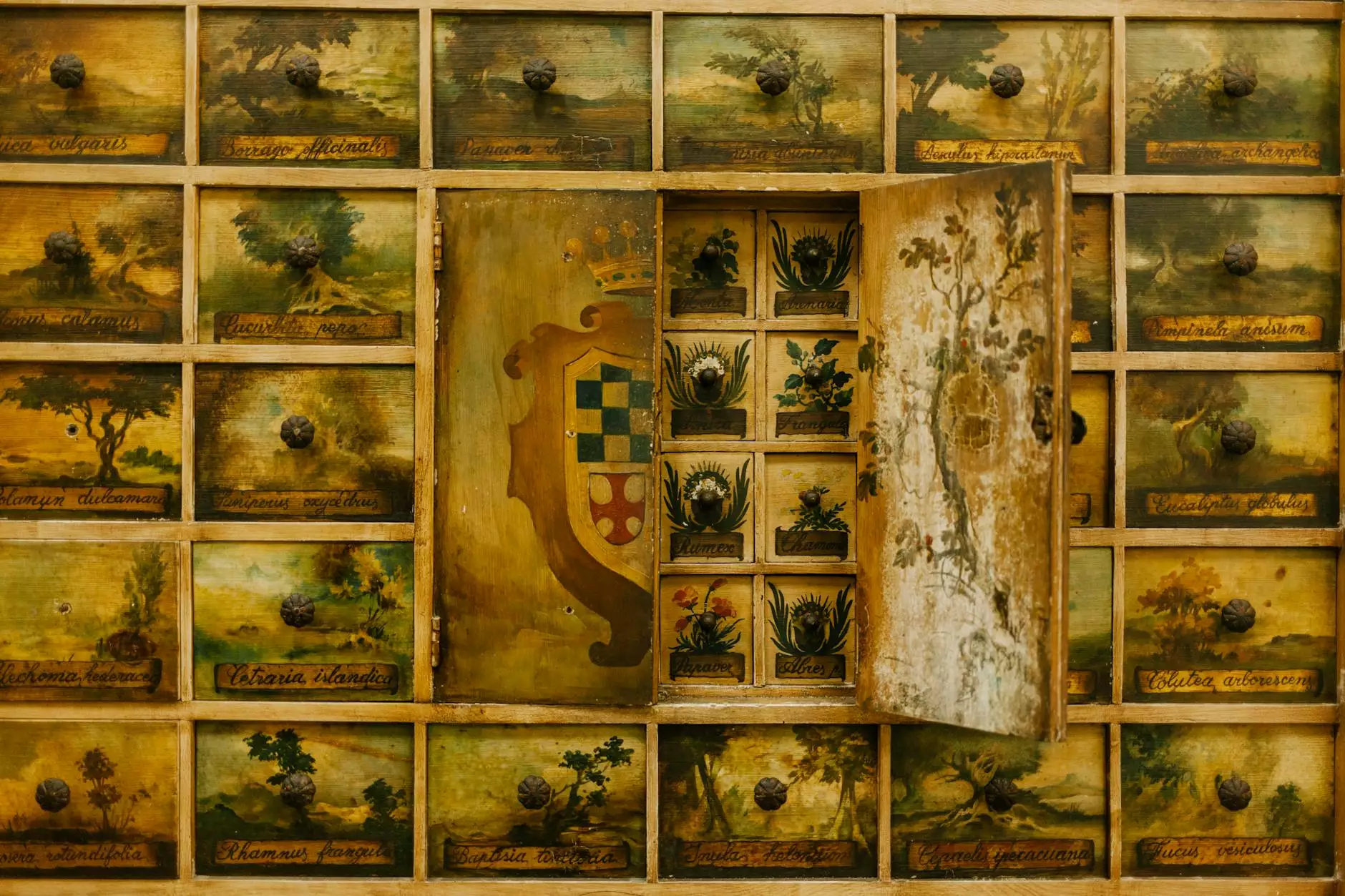A Brief History of The French Open
Blog
Introduction
The French Open, also known as Roland Garros, is a highly acclaimed annual tennis tournament that takes place in Paris, France. As the premier clay court championship, it attracts top players from around the globe, capturing the attention of millions of tennis enthusiasts. In this article, we will delve into the rich history of The French Open and explore its significance in the world of professional tennis.
Origins of The French Open
The French Open traces its roots back to 1891 when it was initially known as the Championnat de France International de Tennis. The tournament was exclusively open to French tennis players and was held at the Stade Français club in Paris. It wasn't until 1925 that the event allowed international players to compete, thus becoming a truly prestigious international grand slam tournament.
Notably, the tournament's location changed in 1928 when it found its permanent home at the Stade Roland Garros. Named after a pioneer of French aviation, the stadium has since become synonymous with clay court tennis, providing a unique and challenging playing surface.
Memorable Moments
Over the years, The French Open has witnessed numerous historic moments that have left an indelible mark on the sport. In 1984, the tournament welcomed one of the greatest rivalries in tennis history, as Chris Evert and Martina Navratilova faced off in an epic final that lasted over three hours. It was a battle of wills and skills, showcasing the determination and grace of both athletes.
Another iconic moment occurred in 2009 when Roger Federer completed his career grand slam by clinching the French Open title. After years of dominance on other surfaces, Federer's triumph on the clay courts solidified his status as one of the all-time greats in tennis.
Legendary Champions
The French Open has seen a plethora of tennis legends etch their names into the history books. From Bjorn Borg's incredible six titles in the late 1970s to Rafael Nadal's unprecedented thirteen championships, the tournament has been a battleground for the sport's elite.
Nadal's dominance on the clay courts of Roland Garros is unparalleled, earning him the nickname "King of Clay." His relentless baseline play and unmatched agility make him a formidable force on this particular surface, with his victories captivating spectators and fellow players alike.
The Importance of The French Open
The French Open holds a special place in the hearts of tennis enthusiasts as it embodies the unique challenge that clay court tennis presents. The slower pace of play, subtle strategies, and physical demands create an atmosphere of intrigue and excitement.
Moreover, the tournament's historical significance is deeply rooted in the sport's tradition. It has served as a platform for the rise of tennis legends, the display of extraordinary athleticism, and the celebration of sportsmanship at its finest.
Conclusion
In conclusion, The French Open stands as a testament to the beauty and tradition of tennis. Its rich history, memorable moments, and legendary champions have left an indelible mark on the sport. Whether you're an avid fan or a casual spectator, The French Open continues to captivate and inspire, defining the pinnacle of clay court tennis.




